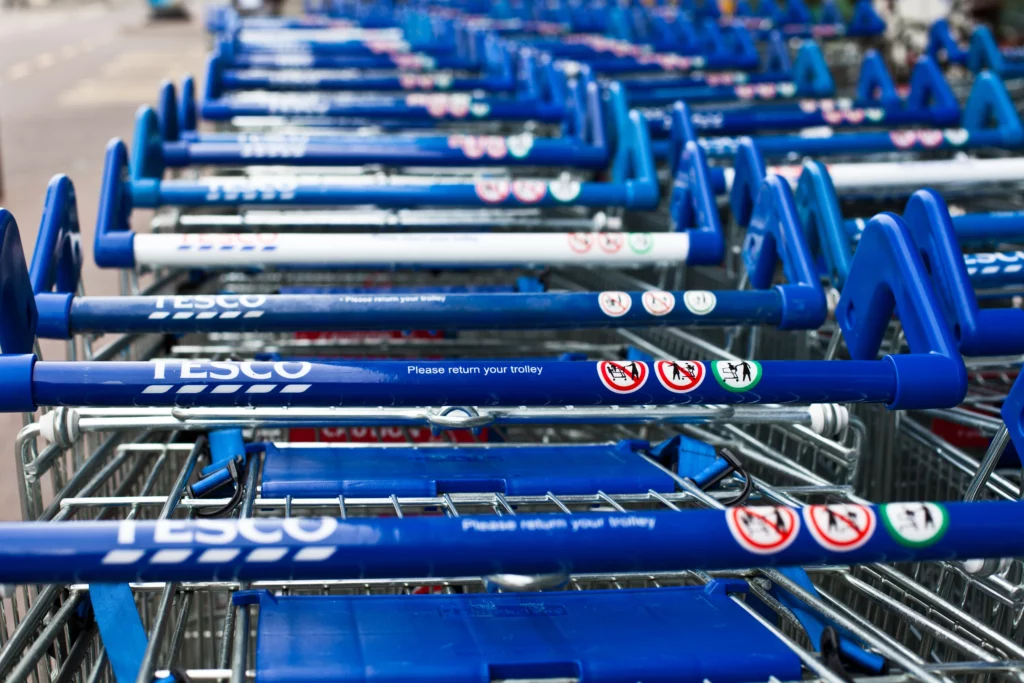Our previous blogs have discussed the importance of Near-Miss/hazard reporting and why we need to carry out detailed accident/incident investigations.
In this blog we’ll discuss the importance of analysing all the safety information/data that can be collected within your organisation, to help develop an effective accident reduction programme.
Firstly, you need to understand all the safety information/ data that is available within your organisation? Normally this is available through the following sources/activities:
- Internal audit/inspection reports, that include actions/recommendations
- Near miss reports
- Accident/Incident investigation reports
- Safety engagement with team:
- colleague feedback
- colleague suggestions
- Internal or external safety alerts
- Accident statistics (monthly/annually)
- External HSE statistics and safety bulletins
Valuable safety information can be established by analysing your internal/external safety inspections and audit reports. Gaps in your safety management system can be identified through trend analysis; in addition, organisations can measure their safety performance by introducing some simple SMART targets and objectives (KPIs).
Near miss reports
Near misses are accidents waiting to happen, near miss reports will provide key safety information regarding operational safety trends across the business. As we discussed previously, the information contained within our Near Miss Reports will enable organisations to implement an accident reduction programme.

Accident/Incident investigation reports
As mentioned above, these reports will provide key safety information that can be assessed, to determine if additional safety control measures need to be implemented to prevent a similar accident/incident from occurring again.
1. Colleague feedback – important information can be obtained by consulting with staff, normally carried out during safety meetings/engagements
2. Colleague suggestions – many organisations have introduced a staff suggestions scheme; this is another excellent process for collecting valuable safety information
Internal or external safety alerts
At times there may be a requirement to issue an internal or external safety alert based on industry safety standards or internal safety measures after an accident/incident. Alerts may also include legal updates that need to be briefed as a matter of urgency.
Accident statistics
Your accident data will give you safety information based on monthly/annually injury trends. This will include types of accidents (causation) and importantly your Accident Frequency Rate (AFR) over a period. This information is critical when compiling your accident reduction strategy.
External HSE accident statistics and safety bulletins
This external information should also be reviewed as this can assist with your safety performance/targets and allow you to benchmark your internal accident data against the industry figures released by the enforcing authority.

To create a positive safety culture and to implement a successful accident reduction programme all this safety information (data) should be collated and analysed. Sometimes in my experience we do not effectively examine and review safety information (data) within our organisation, this information can give us the direction and safety roadmap that we need to take to create the safety culture within our organisation that we all aspire to achieve.
How can Notify help you?
Clear, precise reports can be compiled and presented to your organisation that clearly illustrate your safety performance. These same reports can then establish your safety messaging and briefing to assist and compliment your accident reduction programme to ensure its effectiveness.
Take a look at Notify’s products today and find out how Notify can help you understand risk.







































































